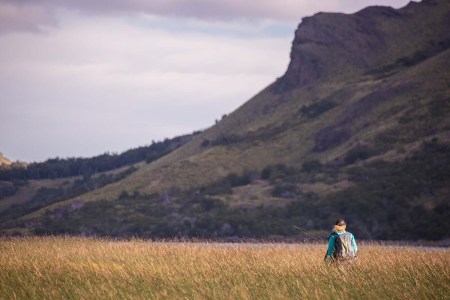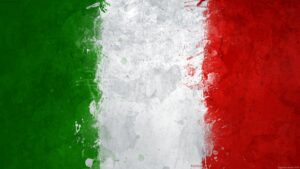Mind the Gap: Fly Fishing the Darién Gap
8 min readAnthony Bourdain once said of Medellín, Colombia, “It’s ludicrous this place exists and everybody doesn’t want to live here.” It took less than a day in the city for me to feel the same, and less than a week in Colombia to realize the sentiment applied to the country itself. Everything is more alive here. Heavy with humidity, the air is cool and smells like the green hills rising up from the Aburrá Valley which houses Medellín. The colors are brighter, more saturated. The sky is filled with fog and low-slung clouds that ignite in evening thunderstorms.
Medellín is addictive, and a city I know to which I’ll want to return. But my destination this trip lies further north and west: the Chocó Department along the Pacific region of Colombia, home to the infamous Darién Gap and — as I’ve heard in rumor — some of the best saltwater fly fishing on the planet. My target is Darién Lodge, located in the actual Darién Gap just south of the Panama border, north of the coastal town of Bahía Solano, and so I board a small Moon Airlines Jetstream 32 and head to the coast.
In Bahía Solano we meet up with guide Nico, Captain Grillo and mate Ale, and shove the luggage onto El Bizcocho, a 36-foot, center-console fishing boat that will be our ride for the week. It’s a 60-mile run up the coast to the lodge, but we fish our way up, shaking off the travel as we rig out the 10, 11 and 12-weight rods and keeping an eye out for signs of fish.

The Darién Gap isn’t for first-time saltwater anglers
Jess McGlothlin
Why Fish Off the Darién Gap?
What fish species would prompt someone to travel to the remote Colombian coastline? The answer is a list both strong and long: anglers travel to the Darién Lodge for both inshore and offshore (pelagic) species, including yellowfin tuna, cubera snapper, dorado (mahi-mahi), marlin, sailfish, jacks, tarpon, snook and roosterfish. It’s a veritable buffet of fishing opportunity, and while most anglers coming to the lodge currently fish traditional tackle, more and more fly fishermen are discovering the destination.
This isn’t a fishery for first-time saltwater anglers — let’s be clear on that. But for fishermen who are confident, accurate casters with bigger rods, those who can drop an accurate cast with a big fly and a sinking line at 70+ feet, you’re going to find plenty of opportunities to get into fish. On any given day you could run offshore for tuna, marlin or sailfish, or choose to stay closer to shore and try your hand at the inshore species. There is also a large estuary system that has hardly been explored but looks very promising. It’s a playground for saltwater fly fishermen…with the comfy home base of the Darién Lodge to return to every evening.
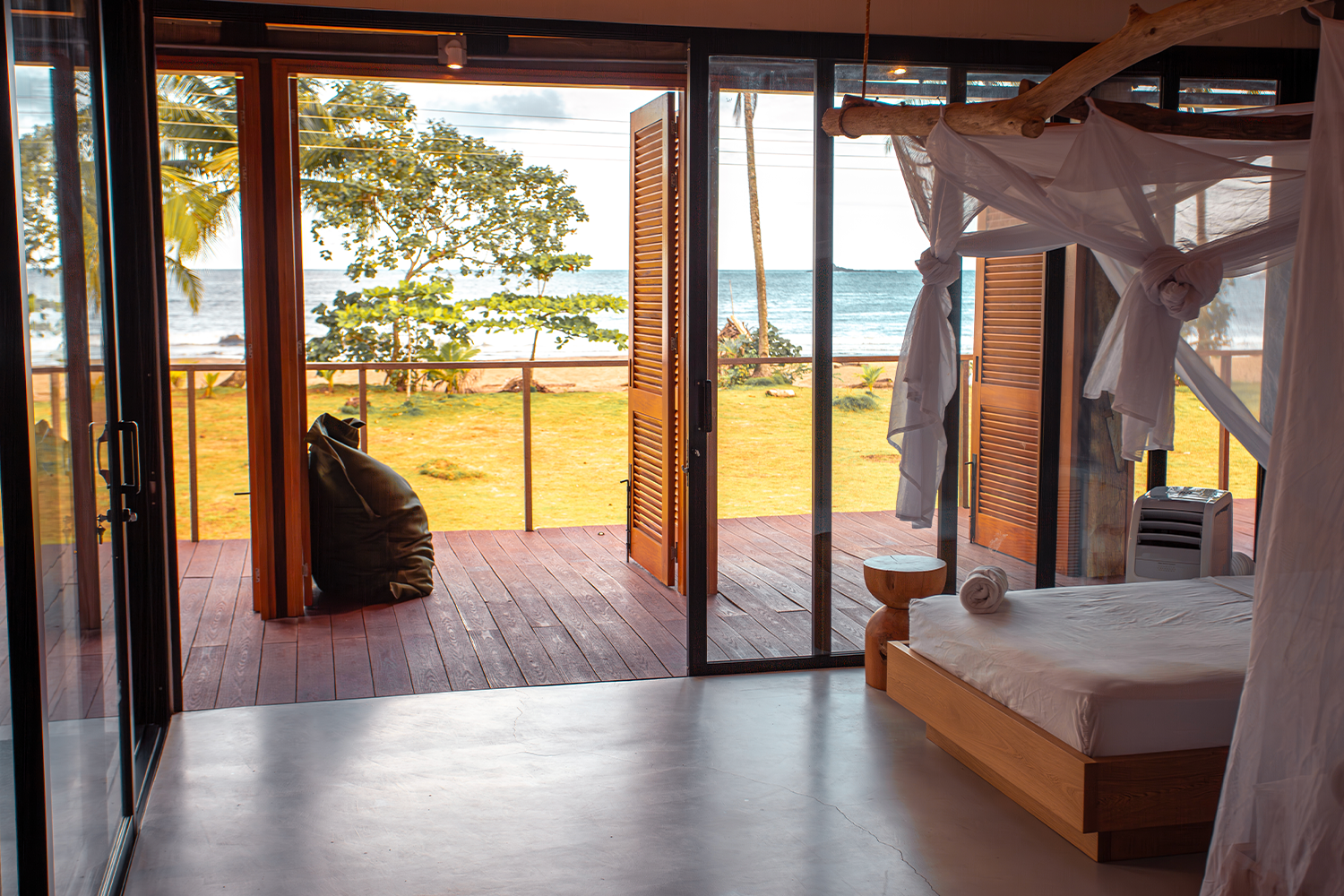
The accommodations
Jess McGlothlin
The Daily Routine at Darién Lodge
The lodge itself is located in the tiny village on the beach of Punta Ardita, a small community just south of the border with Panama. The scenic beach rests in a small bay, ideal for an evening swim after the day’s fishing is complete. The lodge itself has been well-constructed to be a jungle home-away-from-home.
Currently the lodge boasts a handful of comfortable, spacious double rooms (more are being constructed), a swimming pool and an open-air dining area and bar. The cuisine, crafted by local cooks, is fresh and hearty, and conversation flows freely amongst the guests over appetizers and beers every evening, as fishing stories are traded in that grand tradition of all fishing lodges.
Every day we eat some form of fresh tuna, and I develop a growing appreciation for quality sushi and sashimi. Nothing like raw fish that was swimming only a few hours ago! This is truly “sea to table” fare, prepared in the simple, exceedingly delicious style of cuisine that is so very Colombia. I’m fishing with three other Americans — John, Jason and Ashley — and we all sleep well after long days in the sun and a relaxing meal of fine food.
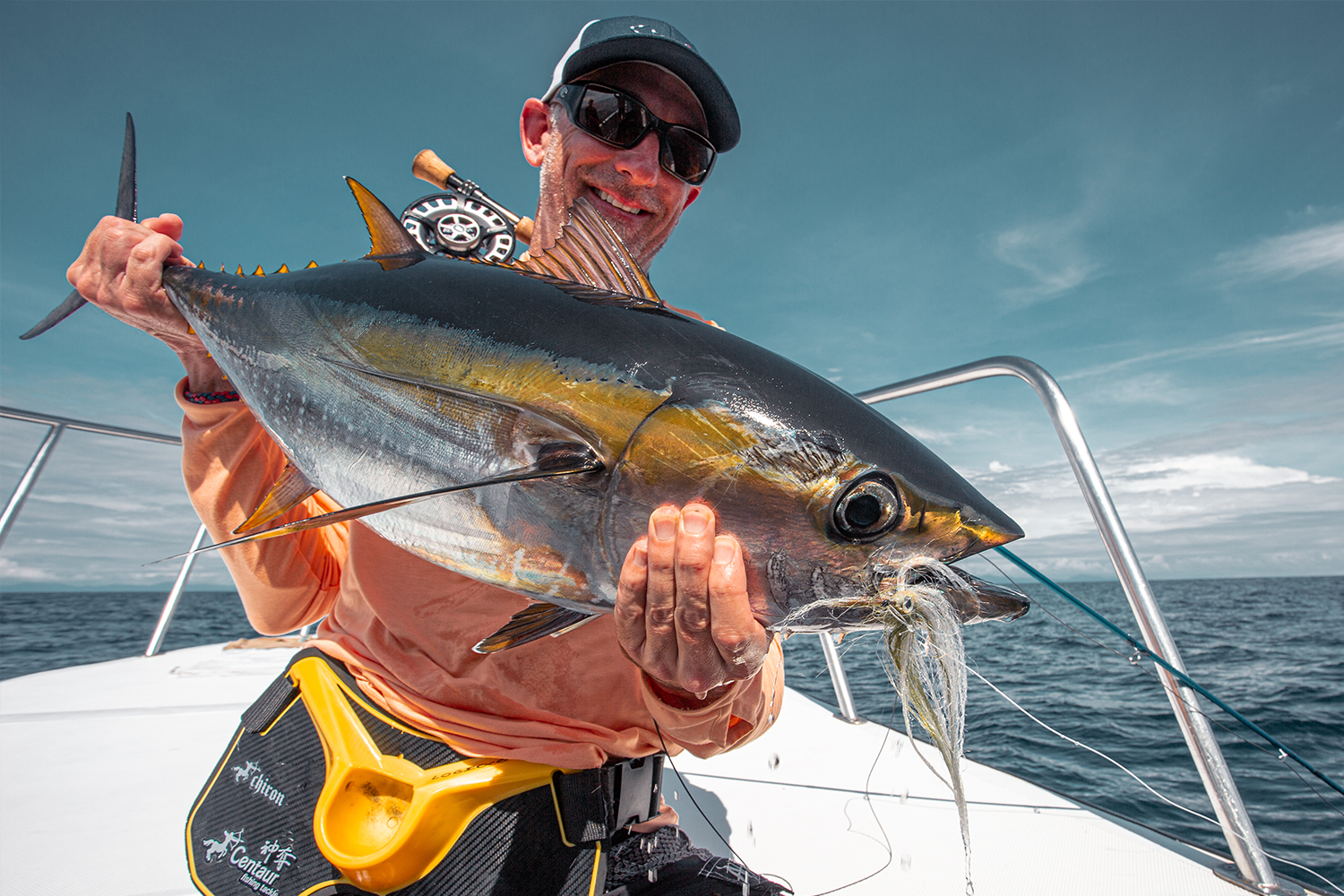
There’s a lot of potential in the Darién for a variety of species
Jess McGlothlin
Preparation Is Key — Come Ready for a Tussle
The Pacific Coast of Colombia is not a fishery one should show up unprepared for. These fish are big, strong and healthy, and if your gear is not up to the task it’s going to show. Anglers should bring strong rods in the 10-14-weight categories and reels with strong drag systems rigged with both sinking and intermediate fly lines (it’s a good idea to bring floating too, just in case). Strong tippet material (50-80-lb. mono), an assortment of large baitfish pattern flies tied on strong hooks, and plenty of sun-protective clothing is key. Guides will help anglers rig their rods and be prepared for the fishing, but you can’t rig up what you didn’t bring.
Most of the casting is done from a boat which is rolling in the swell, so practice your cast before coming. Good balance and keen focus will increase your catch rate, and the ability to laugh at oneself when casts (inevitably) go wrong will go far. It’s a big, burly fishery, but fishing should still be fun. Bring a good attitude and a little preparation, and you’ll be set up for success at the Darién Lodge.
Throughout five days of fishing our little group manages to land many yellowfin tuna (atún, the Spanish word for tuna, becomes a war cry for our team), African pompano, jack, snapper and roosterfish, all on the fly rod. We see tarpon and hope for snook but get no hook-ups. There’s a lot of potential in this fishery for a variety of species…it would be difficult to be bored here. The sea is filled with dolphins — we see pods of hundreds of spinner and spotted dolphins — as well as whales. “Wild” is perhaps the most apt adjective for this ecosystem.
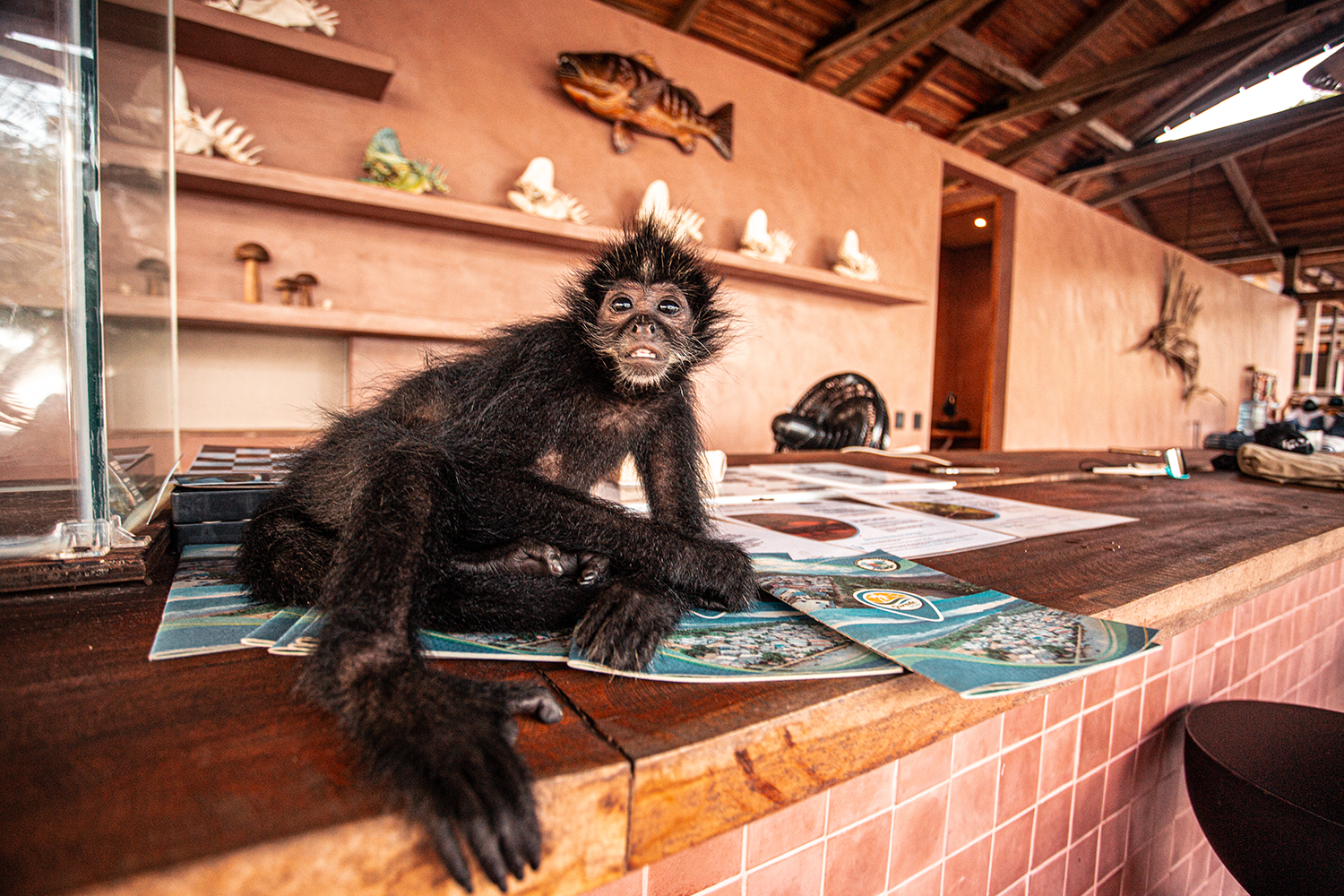
The Darién is a mix of calm and vigor
Jess McGlothlin
The Paradox of the Darién
When on photo assignments at fishing destinations around the world, I often find that the most memorable moments aren’t necessarily the biggest fish, or even the days with the best fishing. Being in these wild places — places we likely would never travel to without being there to fish — is a special thing, and sometimes it’s important to just pause, step back and remember that.
Evenings at Darién Lodge and Punta Ardita are filled with swims in the sea, listening to local music from the village and sipping cold beers while making plans for the next day’s fishing. One night while I’m in the Darién, big thunderstorms roll through, thunder booming across the hills and the sea, lightning highlighting the trees overhead. I lie in bed covered by the light sheet and watch the scenery outside light up in staccato flashes, rain pounding the roof and local music playing in a room down the way. The air is heavy with humidity and that kind of electric feel that comes with a big storm in the tropics…calming and invigorating all at once.
When we’re running along the coastline in the boat I stare at the steep — sometimes outright vertical — jungle of the Darién Gap and wonder how many people are inside that unforgiving jungle right now, trying to make their way north. It’s a sobering thought that we’re here fishing with a cooler full of beer and sandwiches for lunch while there is so much strife going on just inside that canopy. Two macaws take flight over the jungle, their cries rising over the roar of the surf, and I wonder if they flew from their own desire or if something — someone — startled them into flight. The jungle is so dense there is no way to know.
I eye the wall of green one more time before turning my eyes toward the water to look for bait balls and cruising fish. It’s a strange world we live in, made all the stranger by contrasts like this. I know I am grateful to have had the chance to see this corner of the world, and I know I would like to return in the future. Spend more time in the paradox that is the Darién Gap and the Chocó Department. There is so much untapped fishing here.
On the way back to Medellín we spend a stormy overnight in the town of Bahía Solano, lodging at the Hotel Costa Choco. A conversation with the proprietress Raquel reveals that the building used to be owned by Pablo Escobar, a name which most Americans automatically associate with Colombia. Escobar used the house as a retreat; he went fishing nearly every day when he was here. He could be seen walking the beach accompanied by a sicario carrying a cardboard box, from which he would hand out one-dollar bills to the townspeople. Those same townspeople knew to stay away from Escobar and his men, as they were the only people who wore white shirts when visiting. A 96-year-old lady who still lives in town would cook seafood soup for the cartel leader and his men.
I’m sitting at the Hotel Costa Choco bar, sipping a lukewarm Aguila beer, listening to the tropical rain pound down outside and pondering just who else had sat at this bar when suddenly, with a clap of thunder, the power goes out. Another guest turns on her phone light and places a water bottle over it, creating a cozy little glow. I look out to the gardens as another pop of lightening and bang of thunder rock the building. Apparently Escobar had eventually traded the hotel to a rival cartel for $1 USD as part of some deal. Had those men looked out over this same garden, perhaps on a stormy night such as this? It’s just part of the complex, addictive contrast that is Colombia.
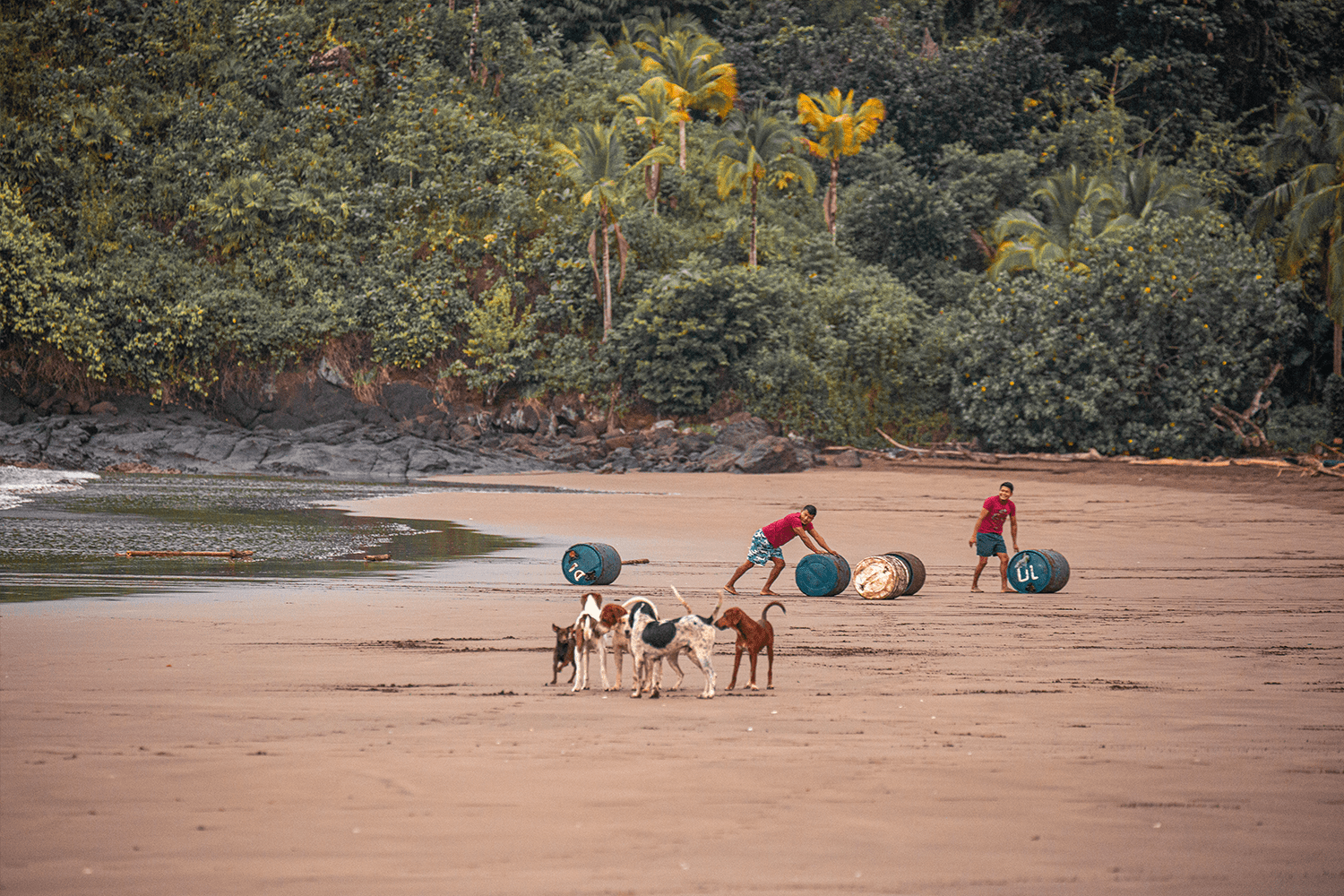
Scenes from Punta Ardita Beach, near the lodge
Jess McGlothlin
Explore Medellín En Route
It’s well worth adding a day or two in Medellín to explore the city, take in the history and just log a bit of R&R time. Wander the neighborhood of El Poblado, a chic area filled with cafes, restaurants and shops. For those looking to restore a bit of balance post-travel, the boutique Versus Hotel offers respite after long travel days, with comfortable rooms and an entire floor dedicated to wellness — including a hydrotherapy pool, infrared sauna, yoga room and music listening/reading nook. In-house Versus Café also offers fresh, healthy food using local ingredients and no seed oils.
Colombia is a country which should be on every travelers’ radar for its history, beauty, culture and cuisine. For anglers, the Chocó Department lying along the Pacific region of Colombia is a place to watch. The budding destination for those seeking a unique saltwater fly-fishing experience is one of the last wild corners of the globe.
This article was featured in the InsideHook newsletter. Sign up now.
